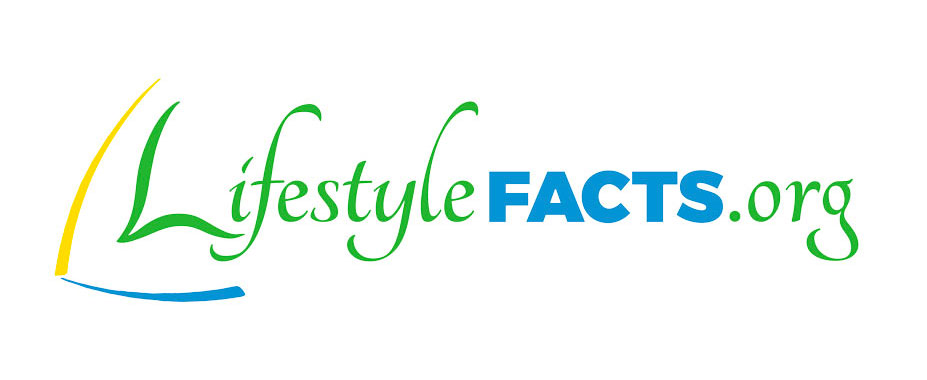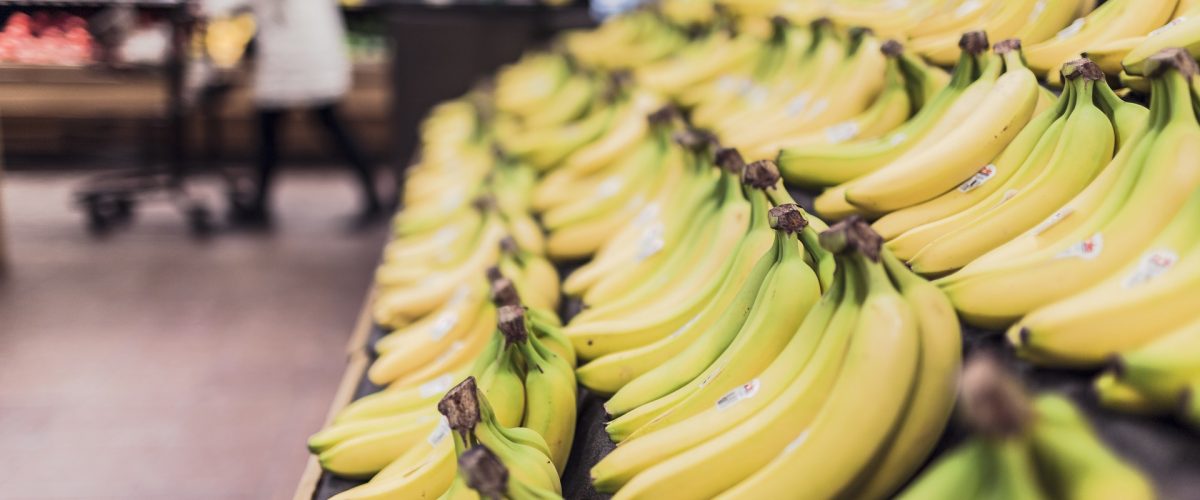By Mark Faries, PhD
Mark Faries (PhD):
Howdy, I am Dr. Mark Faries and we are here separating lifestyle medicine fact from fiction.
So, have you seen those reports on the Web about belly fat? Then you’ve probably seen claims that eating bananas is a big cause. But, is that fact or fiction?
To be honest, this claim drives me, well… bananas.
I’ve done the research, but am not 100% sure where this myth came from. Maybe someone saw a monkey with a big belly eating a banana and made the connection?
In all seriousness, there is one theory as to why this connection between bananas and belly fat might exist and I think, understanding it will help you with similar myths about other foods.
According to its founders, the glycemic index or GI is a ranking of carbohydrates on a scale from 0 to 100. This is based on the extent to which they raise blood sugar levels after being eaten. As a standard, pure sugar or glucose has the maximum GI of 100.
Foods with a high GI are those which are rapidly digested and absorbed and result in significant fluctuations in blood sugar levels. Low-GI foods, on the other hand, by virtue of their slow digestion and absorption, produce gradual rises in blood sugar and insulin levels, and have proven benefits for health.
Now, our typical Western diet is full of high-GI foods, such as soda, refined wheat bread, high-sugar cereal and doughnuts. I don’t think our overweight society is known for eating too much fruit, such as bananas!
Therefore, we know that our Western diet of the more unhealthful high-GI foods can lead to unhealthy fat gain or obesity and then other health concerns, such as diabetes.
Bananas may rank high in GI among fruits but are lower than other high-GI foods—less than 55 on the GI index. Actually, bananas can be low or high on the GI index, based on how ripe they are. The riper, the higher the GI.
But, here are some examples taken from the GI database, which compare a banana to more common foods in the Western diet.
The fact is that bananas are not fatty.
GI is specific to blood glucose—or blood sugar—changes. So when comparing bananas to unhealthful foods that are linked to fat gain, we need to consider other factors such as the nutritional value.
Even though high-sugar foods and drinks with little to no nutritional value are linked to fat gain, the GI is not able to—or even designed to—provide a complete picture of the healthfulness of the food or the role it might play on fat gain.
Take a look at the foods listed in this illustration. Despite all of them being moderate to high-GI foods, there are major differences in the nutritional quality of these foods. Not only is the total added sugar content different, but we see important differences in fat, use of hydrogenated oils and corn syrup, fiber content, and also vitamins and minerals.
A really important fact to remember here is that bananas are a natural, whole food.
Proponents of the GI typically do not promote low carbohydrate diets, because they restrict most fruits.
Even diabetics are allowed to eat bananas, according to the American Diabetes Association. Bananas also have fiber, which is used to actually help type 2 diabetics with their excess fat. In addition, we have plenty of research in both children and adults that fruit and vegetable consumption is associated with weight-control, and not weight or fat gain.
Common sense, our understanding of the glycemic index and scientific research tell us that eating bananas is not the root of our obesity epidemic. And bananas certainly are not the culprit for our society’s belly fat problems.
So be weary of any diet or report that makes such a declaration. That’s why the claim that bananas cause belly fat is fiction.
Glycemic index and obesity. Brand-Miller, J.C., Holt, S., Pawlak, D.B., & McMillan, J. (2002). The American Journal of Clinical Nutrition. 76(1), 2815-2855.
Effects of native banana starch supplementation on body weight and insulin sensitivity in obese type 2 diabetics. Ble-Castillo, J.L., et al. (2010). International Journal of Environmental Research and Public Health. 7, 1953-1962.





